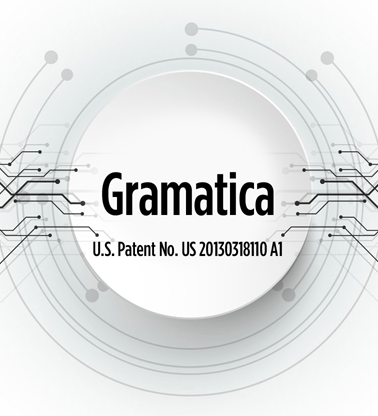Invoice Approval Workflow: Leveraging Microsoft Dynamics ERP
Invoice Approval Workflow: Leveraging Microsoft Dynamics ERP https://echovera.ca/wp-content/themes/corpus/images/empty/thumbnail.jpg 150 150 Tim Robertson https://secure.gravatar.com/avatar/b0b77ea14349870d9dc2ba8ce2a0947073217d2f742890353bfc00417e8e4b8a?s=96&d=mm&r=g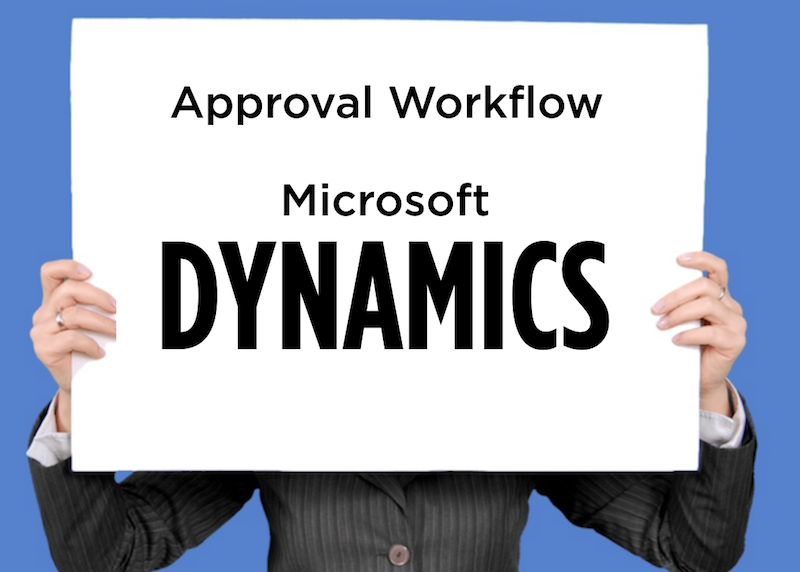
There are many constraints in the Dynamics ERP suites. This is especially evident in how user fees are structured, and the lack of functionality around invoice approval workflow for Dynamics specifically.
User Costs for Invoice Approval Workflows
- Dynamics workflows are scripted, and that means using IT resources to create or modify them
- Customers must purchase Dynamics user licenses for requisitioners
- If the user touches two modules of Dynamics, such as Purchasing and GL, that can mean additional costs
- There is a user cost for coding – approvers must be licensed in the same way if they want to code an invoice (for G/L and AP)
Functionality Issues
- Without support for punch-out capabilities, PRICAT (Price/Sales Catalogue), or webshops users cannot access supplier catalogs or websites
- Users have to look at each line in order to determine a mismatch for Purchase Order matching
- Much manual legwork goes into finding the discrepancy, and the routing is limited by rules
- Accounting accruals take time and unrecorded liabilities become an issue
- Dynamics lacks an audit trail for the invoice approval process
- Business documents are not stored in an image repository for retrieval
- Data capture is a manual process in many cases, which is restrictive with large invoice volumes
Extending Dynamics Functionality
The good news is that it is possible to leverage your investment in Dynamics by using best-of-breed third party software that provides the functionality Dynamics is missing – with minimal involvement of valuable I.T resources. With the right application, you will have:
Reduced Costs
- Workflows are graphical and dynamic, allowing for ad hoc routing
- Software cost is based on invoice volumes, as opposed to number of users
Extended Functionality
- Users can access preferred online supplier catalogues
- PO matching is automated, and exceptions are sent to approvers on their laptop or mobile devices
- Shows invoice status in a central dashboard
- Creates an audit trail showing messages between users and suppliers as well as document images
- Has a document management system that allows you to not only store contracts and other relevant files, but allows you to put them into a workflow as well
- Have an automated data capture system that uses Artificial Intelligence to extract essential information from invoices, whether they are mailed in paper format or sent in email as a PDF, XML, EDI, Excel, Word or other format.
Find out more about the functionality in EchoVera’s AP automation solution for Dynamics here.
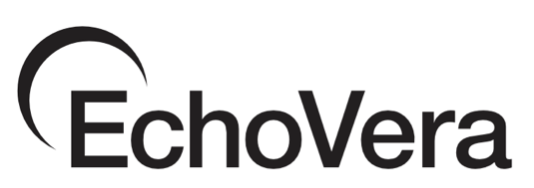






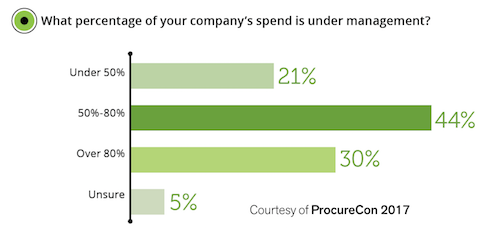
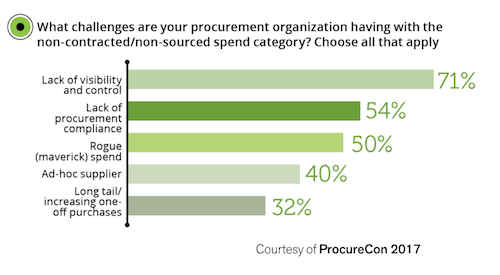
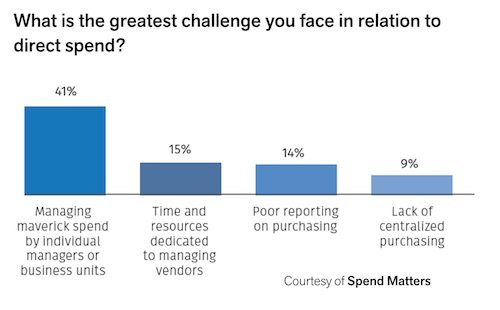


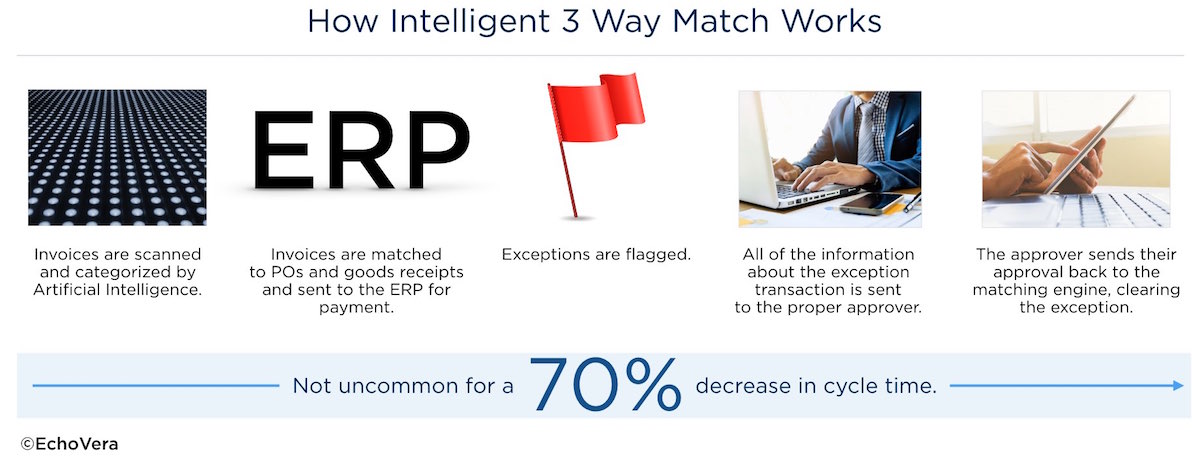
 Once an invoice is entered into an ERP it is assigned a “match/no match” status. If for any reason there are price differences or problems with the goods receipt, the invoice cannot be processed by the ERP. Users or knowledge workers typically have to cancel the transaction, and then perform time-consuming manual work to clear the exception. This usually involves the purchaser, the receiver and sometimes the vendor.
Once an invoice is entered into an ERP it is assigned a “match/no match” status. If for any reason there are price differences or problems with the goods receipt, the invoice cannot be processed by the ERP. Users or knowledge workers typically have to cancel the transaction, and then perform time-consuming manual work to clear the exception. This usually involves the purchaser, the receiver and sometimes the vendor.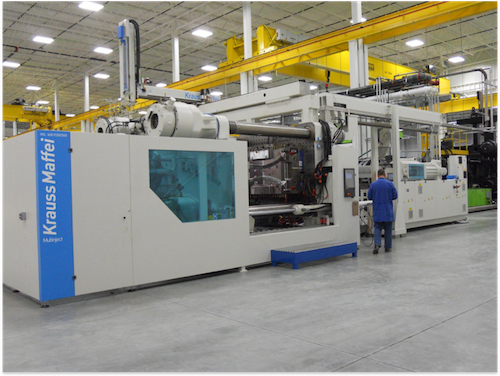
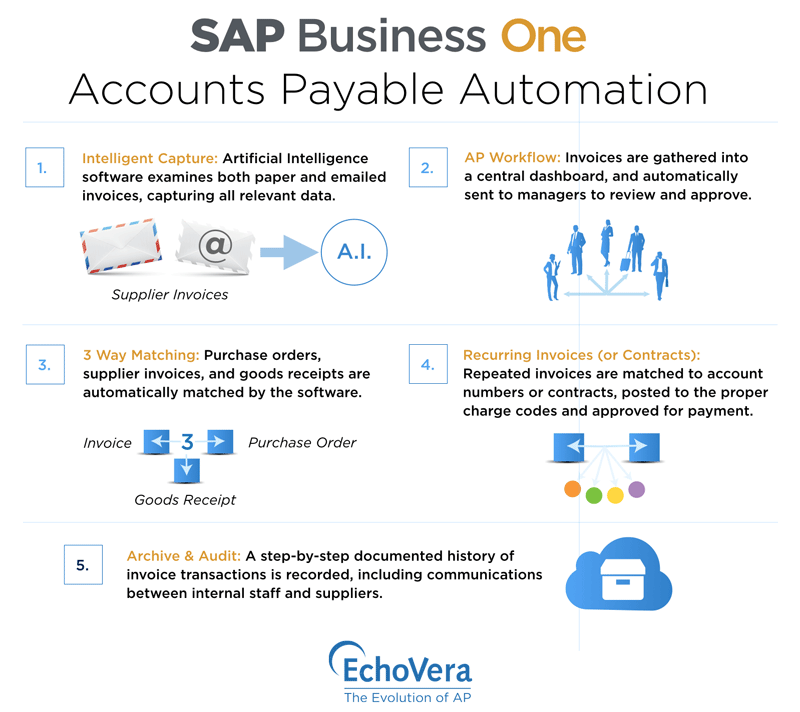
 If invoices match preset configuration settings, approvals are automated. The invoices are coded by the appropriate person and sent to SAP Business One. The accuracy of account coding is ensured through the use of permissions, which ensures that users are only working on those documents for which they are authorized.
If invoices match preset configuration settings, approvals are automated. The invoices are coded by the appropriate person and sent to SAP Business One. The accuracy of account coding is ensured through the use of permissions, which ensures that users are only working on those documents for which they are authorized.


